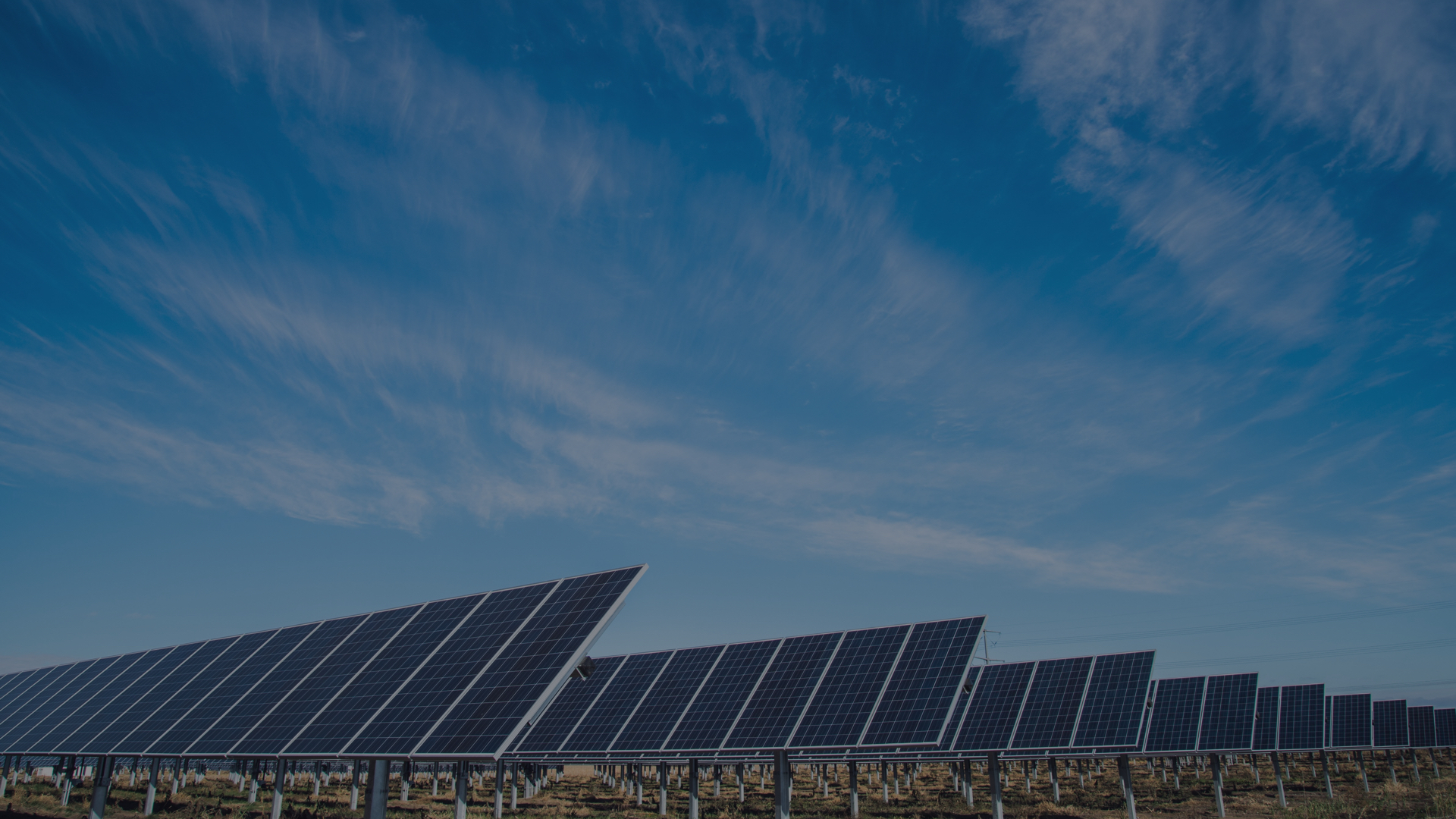When Gordon Brown announced in his budget that he wanted to give homeowners incentives to produce their own energy, green groups were quick to point out just how difficult this is made by planning laws.
Today, though, the government said it intended to cut down on that red tape. Under plans announced this morning by the communities secretary, Ruth Kelly, some homeowners will be able to install microgeneration equipment like solar panels and wind turbines without planning permission.
The proposals, which are designed to encourage take-up of these green energy devices, cover installations that do not have an impact on neighbours’ properties.
Installations on listed buildings and in conservation areas and national parks where the devices can be seen from the road will still need planning permission.
What happens at the moment? Homeowners who want to install these types of technologies have to get planning approval, which involves applying to the local council. The process, which is the same as applying to do an extension or make structural changes to a property, can take months and cost hundreds of pounds.
According to David Sowden, chief executive of the Micropower Council, this is a “serious barrier” that has put many people off investing in microgeneration. “The current planning system says ‘no’ unless there is a good reason to consider otherwise,” he said.
Will I need planning permission now? You certainly will until the new rules have been consulted on and put into law, which the government hopes will be done by October.
Even then, you may need permission if you live in a protected area, or your plans fall outside the government’s proposed limits. If, for example, you are planning to install solar panels, they must be no higher than the highest part of your roof. If you are considering putting a wind turbine on your roof, you will need permission if it is taller than 3 metres or the blades are more than 2 metres in diameter.
The government says it will issue guidance for householders on permitted development rights for microgeneration when the new rules are introduced.
How much does the equipment cost? It can be pretty expensive. At B&Q, which started selling green energy devices last year, a wind turbine costs £1,498, which includes a home survey, help with the planning application and installation. In the right spot, the turbine could generate up to 1kw of electricity.
Solar PV panels generate electricity and can be integrated into the roof. They cost between £5,000 for a 1 kW system and £7,500 for a 1.5 kW system.
Fitting a ground source heating pump can be a more costly business. The government estimates a total cost upwards of £6,500.
Doesn’t the government offer any financial help? It does, but as anyone who has tried to access the help has discovered, it is very limited. Strong demand for the £12.5m on offer led the government to offer the grants monthly rather than annually, but homeowners have still had to act fast to get their share of the cash. In March the £500,000 that was up for grabs through the low carbon building programme was snapped up in just 75 minutes.
In this year’s budget the chancellor announced he would be increasing the funding by £6m to bring the annual total budget to over £18m. Proposals for how this will be distributed are to be published in May. In the meantime the scheme has been put on hold – which means no money is available in April.
Hilary Osborne
Wednesday April 4, 2007
Guardian Unlimited
09.04.2007
Q&A: Installing Green Energy at Home
Other News
